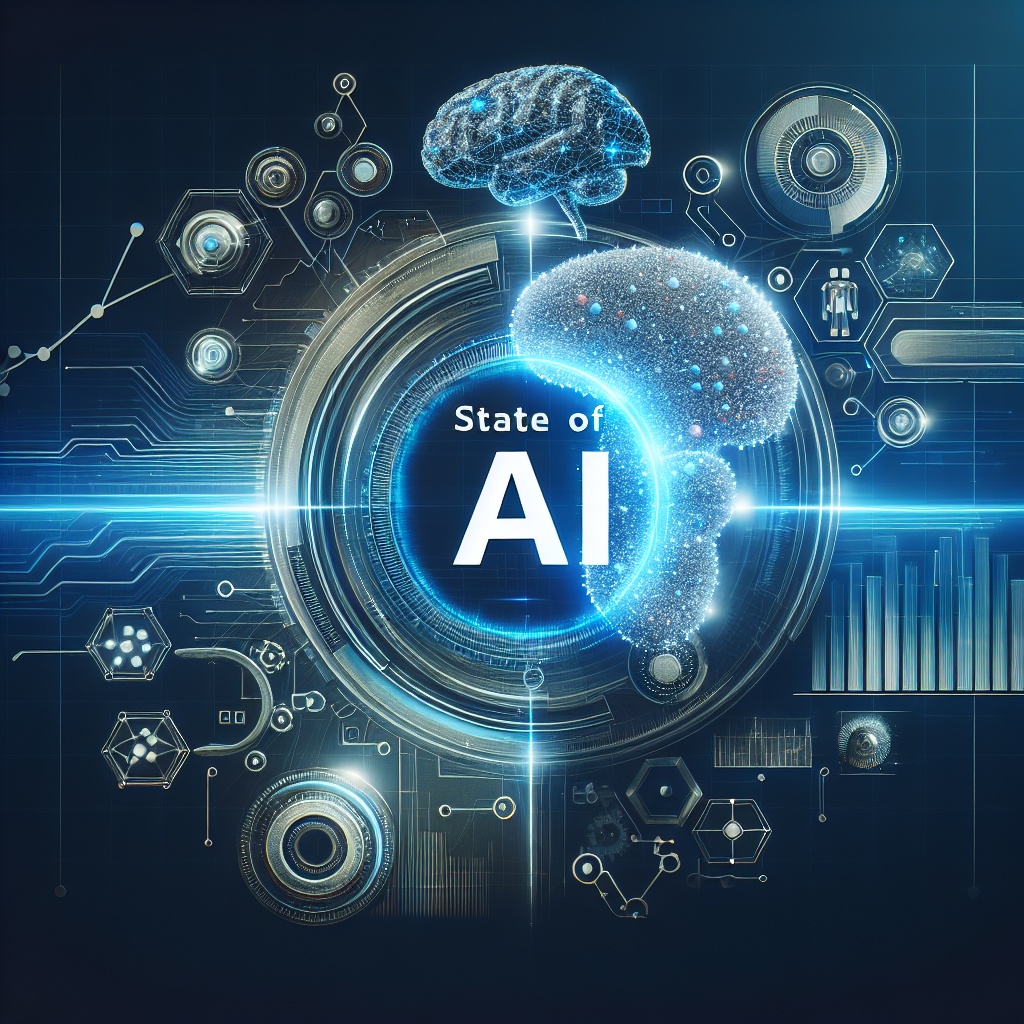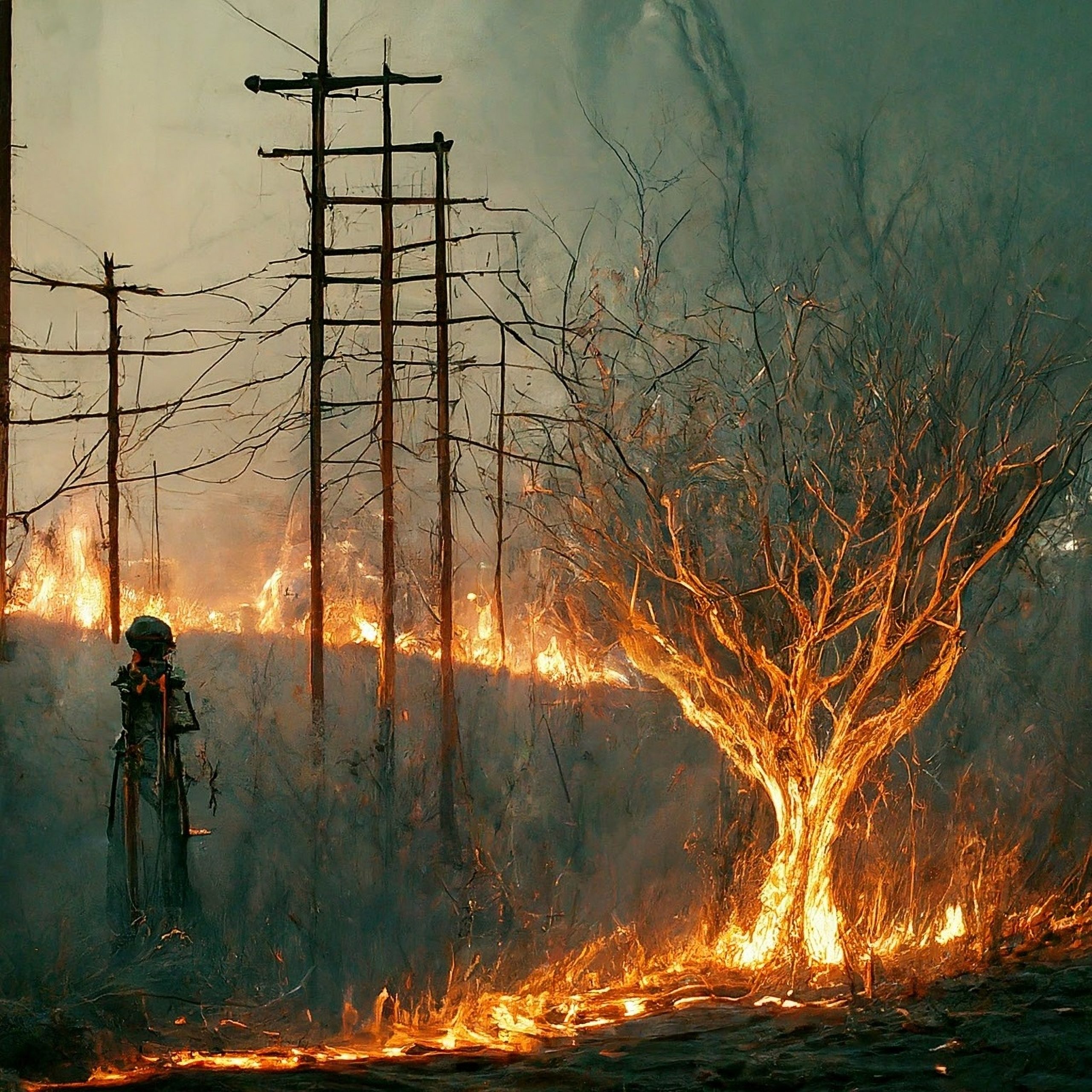AI Talent Shortage Threatens Corporate Ambitions, Says Bain
Artificial intelligence might be transforming industries, but the workforce needed to support that transformation has yet to catch up. Recent research from Bain & Company shows a growing disconnect between executive ambition and available talent in the AI space. While AI job postings have increased by 21% annually since 2019, and pay has risen by 11% per year, many companies still say they cannot find or retain the qualified candidates they need to meet their goals. “AI is at the forefront of corporate transformation, but without the right talent, businesses will struggle to move from ambition to implementation,” said Sarah Elk, Bain & Company’s Americas head of AI, insights, and solutions, in a release. “Executives see the growing AI talent gap as a major roadblock to innovation, limiting businesses’ ability to scale and compete in an AI-driven world.” The research underscores that this is not just a hiring issue, but a structural one. A full 44% of executives cited a lack of in-house AI expertise as a key barrier to implementing generative AI. Bain projects that this talent gap will persist through at least 2027, affecting global markets unevenly and significantly. Here’s what the talent pipeline could look like in five major economies, according to Bain: United States: 1 in 2 AI jobs could be left unfilled by 2027. Bain projects AI job demand could reach up to more than 1.3 million in the US over the next two years, while supply is on track to hit less than 645,000—implying the need to reskill up to 700,000 US workers. Germany could see the biggest AI talent gap, with around 70% of AI jobs unfilled by 2027. With an estimated 62,000 AI professionals available to fill 190,000 – 219,000 job openings in 2027, there is a clear opportunity for reskilling employees in Germany. United Kingdom may see talent shortfalls of more than 50%, with just 105,000 AI workers available to fill up to 255,000 AI jobs in 2027. India’s AI sector could surpass 2.3 million job openings by 2027 while the AI talent pool is expected to grow to around 1.2 million, presenting an opportunity to reskill more than 1 million workers. Australia could see a shortfall of more than 60,000 AI professionals by 2027, with just 84,000 AI specialists available to fill up to 146,000 jobs. These projected gaps suggest that hiring alone will not be enough. Bain’s team emphasizes that companies need to act now to reshape their talent strategies. “Companies navigating this increasingly competitive hiring landscape need to take action now, upskilling existing teams, expanding hiring strategies, and rethinking ways to attract and retain AI talent.” The research’s message is clear: organizations that hope to lead in AI won’t just need cutting-edge tools. They will need a workforce strategy to match.

Artificial intelligence might be transforming industries, but the workforce needed to support that transformation has yet to catch up.
Recent research from Bain & Company shows a growing disconnect between executive ambition and available talent in the AI space. While AI job postings have increased by 21% annually since 2019, and pay has risen by 11% per year, many companies still say they cannot find or retain the qualified candidates they need to meet their goals.
“AI is at the forefront of corporate transformation, but without the right talent, businesses will struggle to move from ambition to implementation,” said Sarah Elk, Bain & Company’s Americas head of AI, insights, and solutions, in a release. “Executives see the growing AI talent gap as a major roadblock to innovation, limiting businesses’ ability to scale and compete in an AI-driven world.”
The research underscores that this is not just a hiring issue, but a structural one. A full 44% of executives cited a lack of in-house AI expertise as a key barrier to implementing generative AI. Bain projects that this talent gap will persist through at least 2027, affecting global markets unevenly and significantly.
Here’s what the talent pipeline could look like in five major economies, according to Bain:
- United States: 1 in 2 AI jobs could be left unfilled by 2027. Bain projects AI job demand could reach up to more than 1.3 million in the US over the next two years, while supply is on track to hit less than 645,000—implying the need to reskill up to 700,000 US workers.
- Germany could see the biggest AI talent gap, with around 70% of AI jobs unfilled by 2027. With an estimated 62,000 AI professionals available to fill 190,000 – 219,000 job openings in 2027, there is a clear opportunity for reskilling employees in Germany.
- United Kingdom may see talent shortfalls of more than 50%, with just 105,000 AI workers available to fill up to 255,000 AI jobs in 2027.
- India’s AI sector could surpass 2.3 million job openings by 2027 while the AI talent pool is expected to grow to around 1.2 million, presenting an opportunity to reskill more than 1 million workers.
- Australia could see a shortfall of more than 60,000 AI professionals by 2027, with just 84,000 AI specialists available to fill up to 146,000 jobs.
These projected gaps suggest that hiring alone will not be enough. Bain’s team emphasizes that companies need to act now to reshape their talent strategies.
“Companies navigating this increasingly competitive hiring landscape need to take action now, upskilling existing teams, expanding hiring strategies, and rethinking ways to attract and retain AI talent.”
The research’s message is clear: organizations that hope to lead in AI won’t just need cutting-edge tools. They will need a workforce strategy to match.






























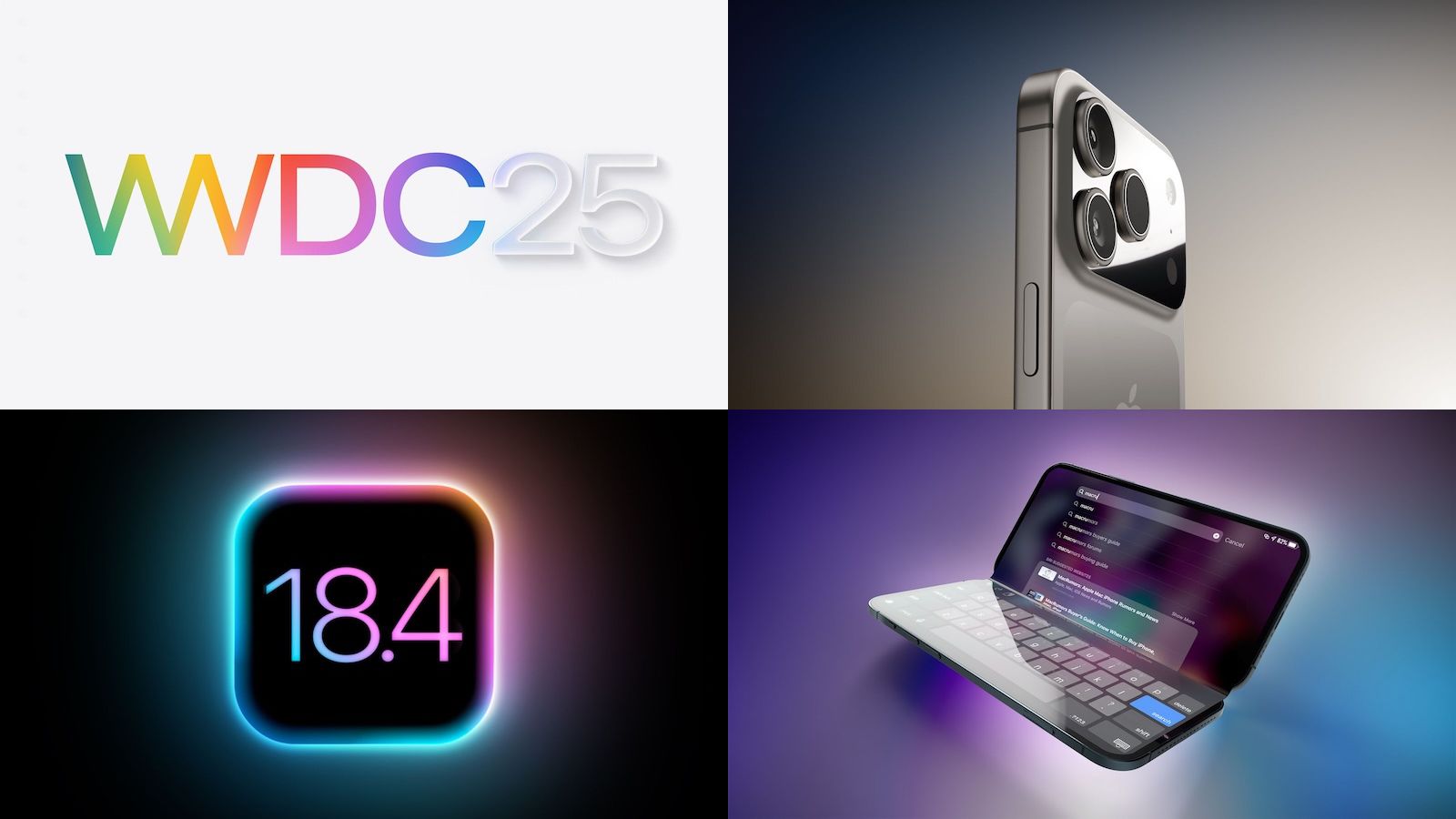






















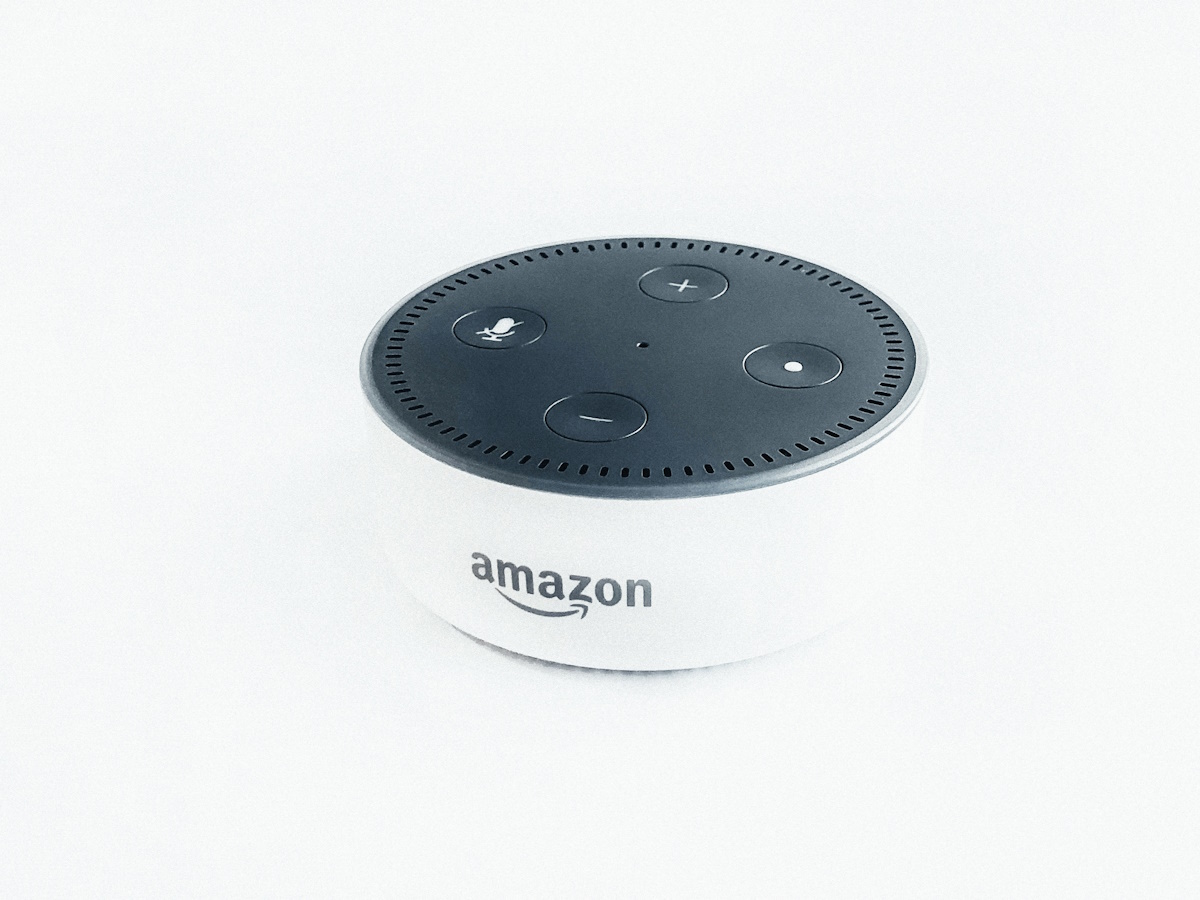

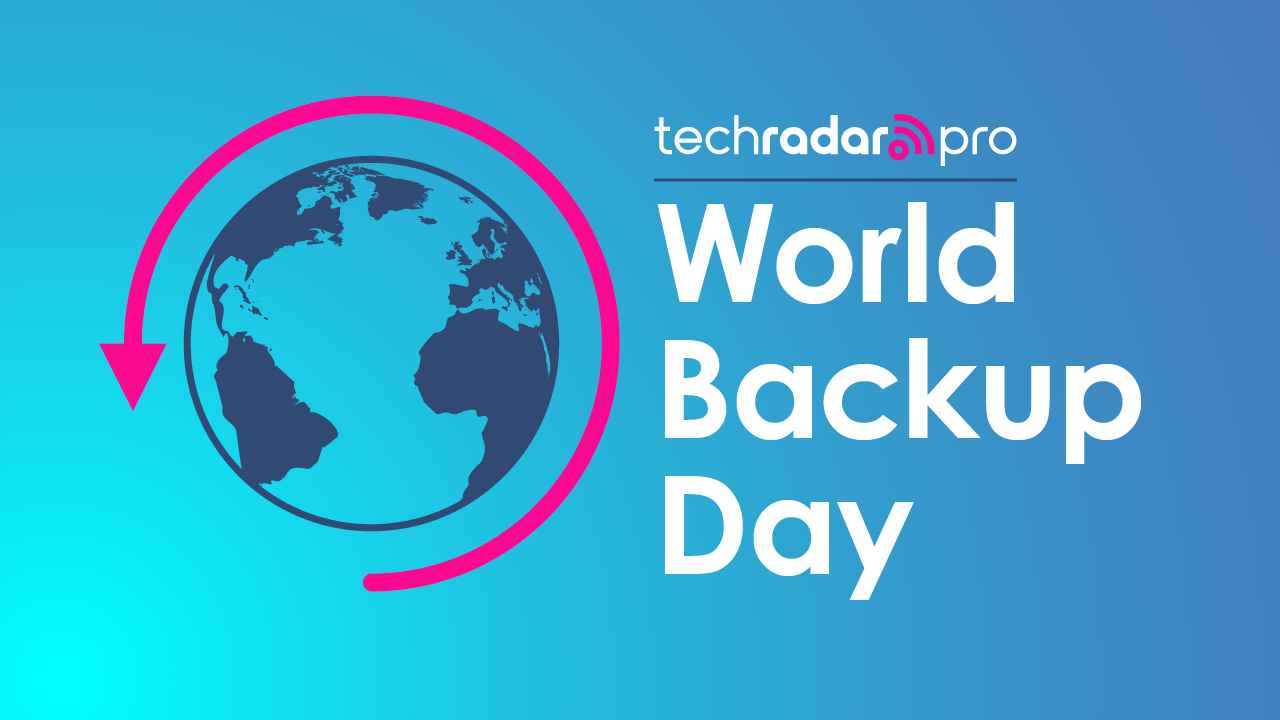













![Lowest Prices Ever: Apple Pencil Pro Just $79.99, USB-C Pencil Only $49.99 [Deal]](https://www.iclarified.com/images/news/96863/96863/96863-640.jpg)
![Apple Releases iOS 18.4 RC 2 and iPadOS 18.4 RC 2 to Developers [Download]](https://www.iclarified.com/images/news/96860/96860/96860-640.jpg)




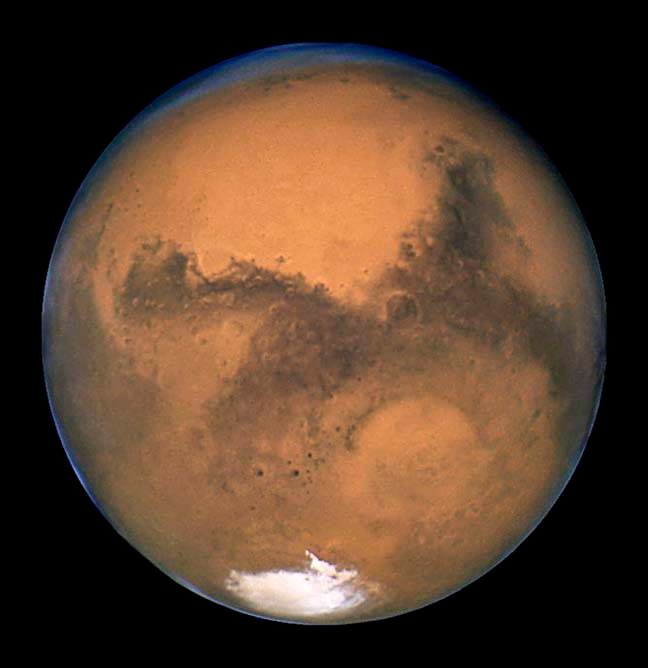










![What Google Messages features are rolling out [March 2025]](https://i0.wp.com/9to5google.com/wp-content/uploads/sites/4/2023/12/google-messages-name-cover.png?resize=1200%2C628&quality=82&strip=all&ssl=1)















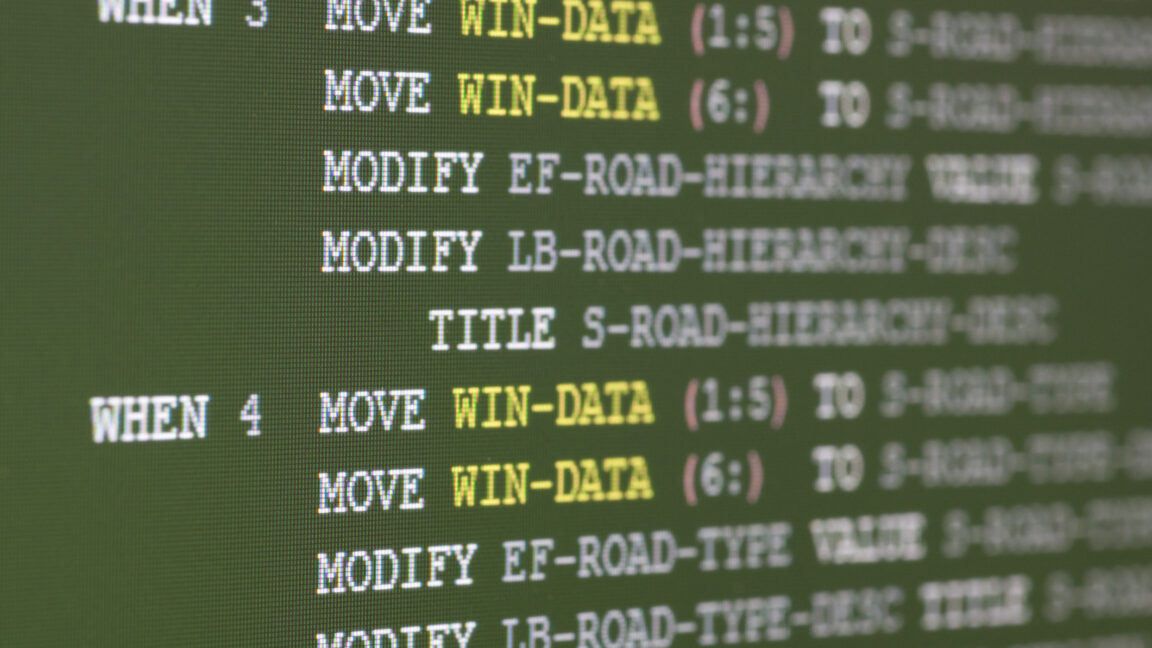
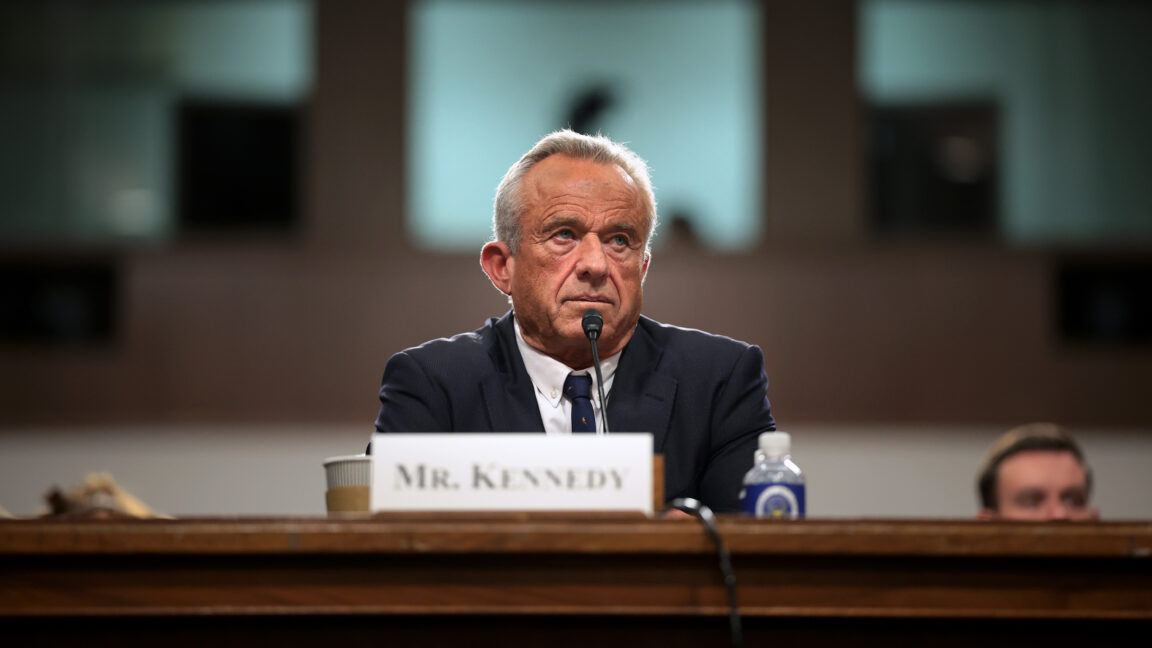

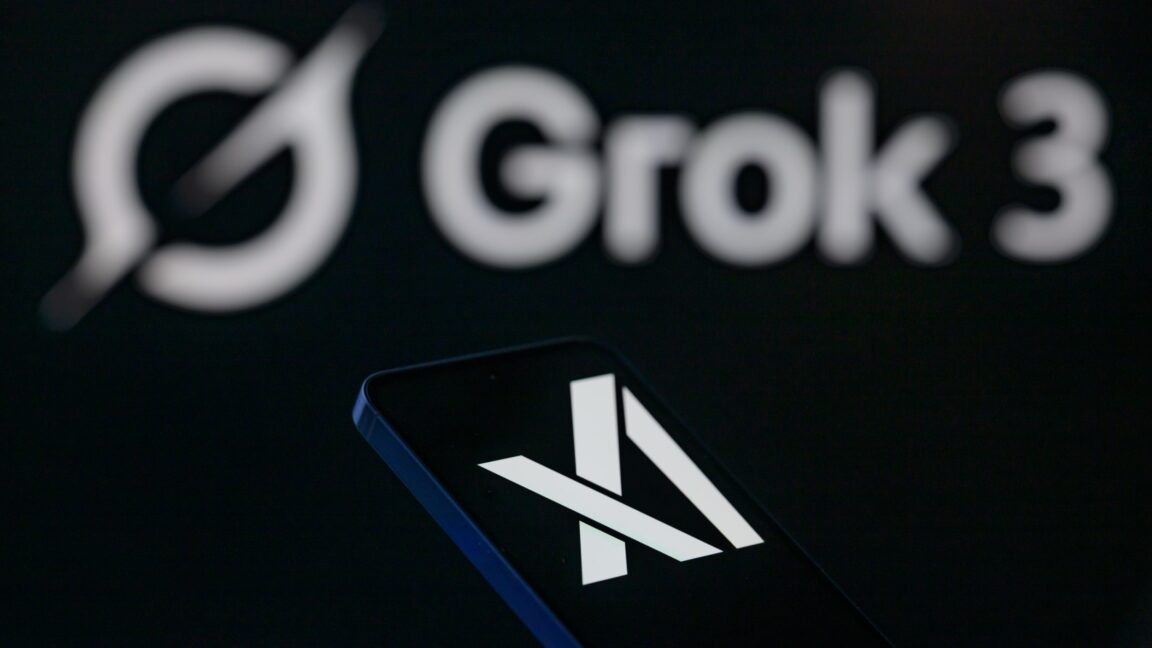



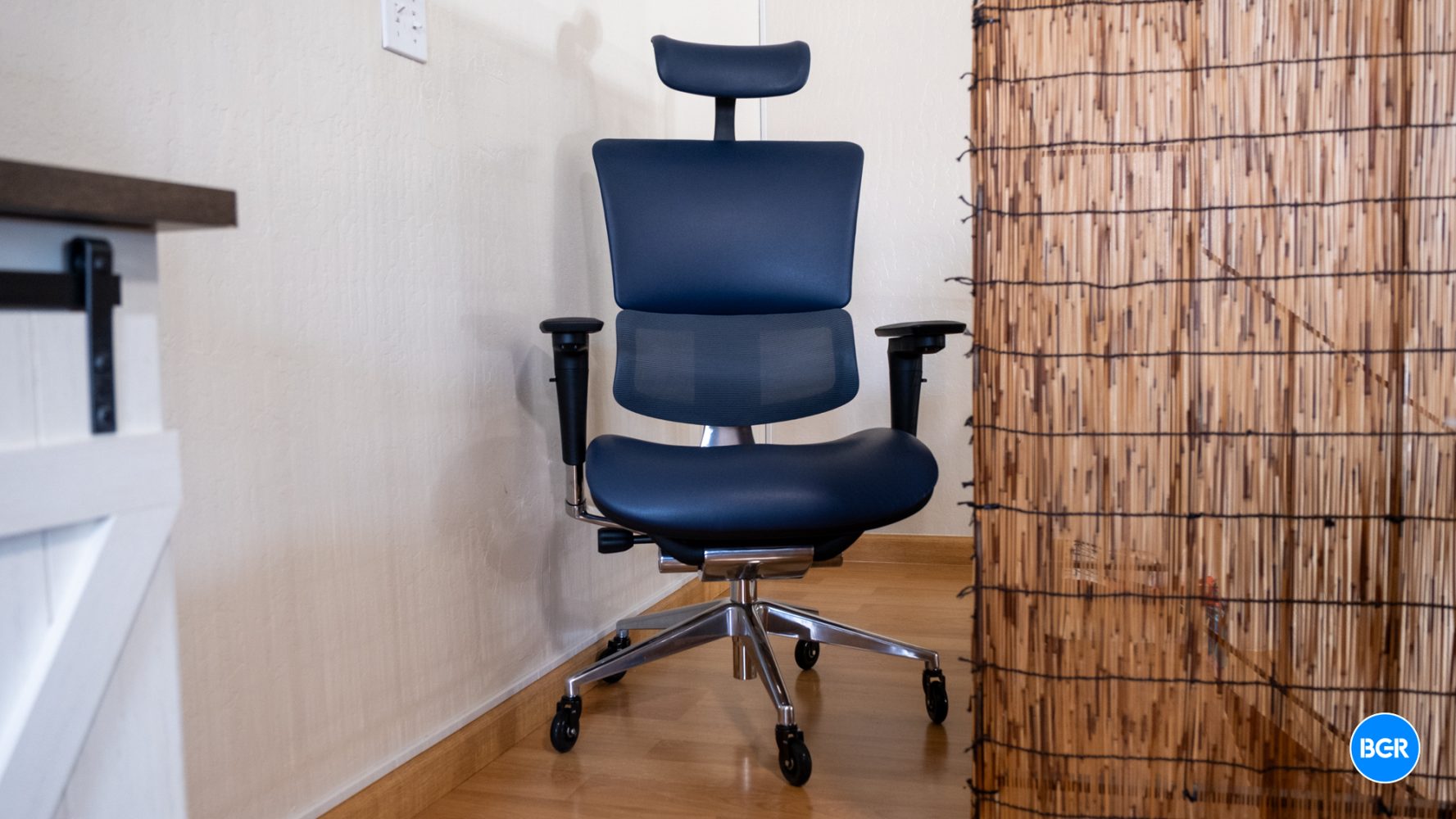

















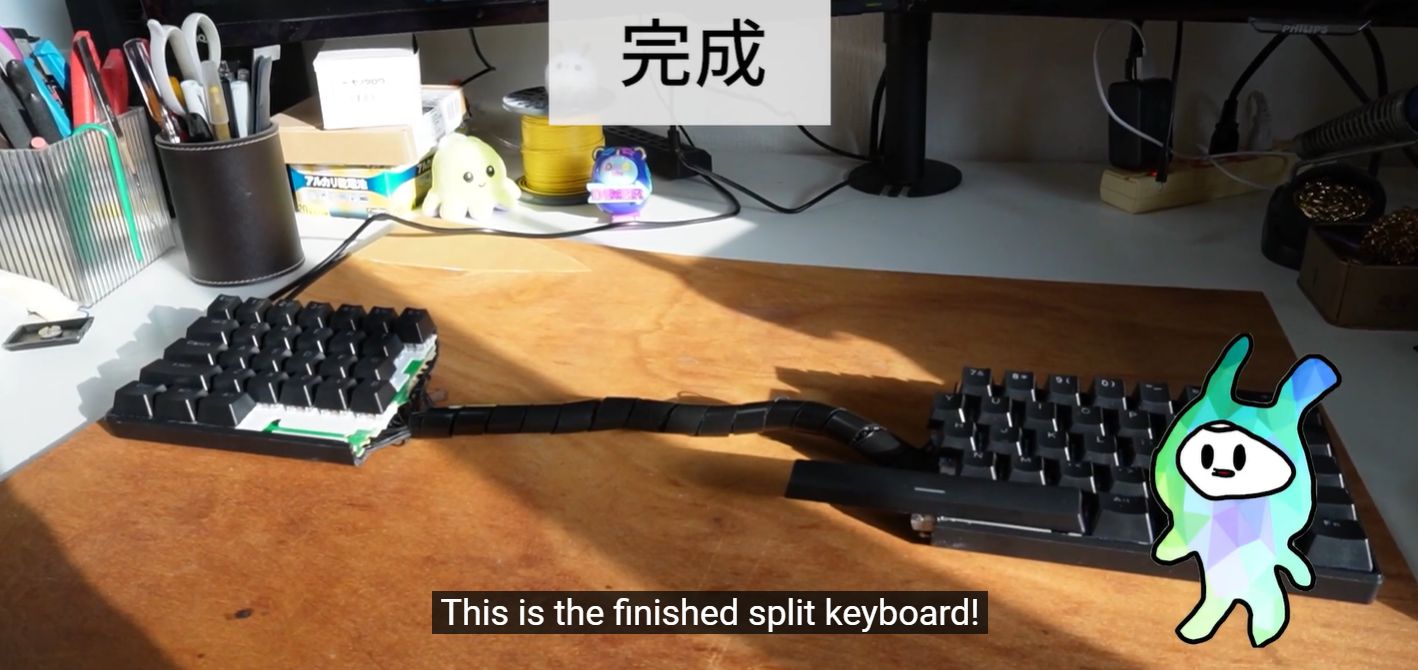

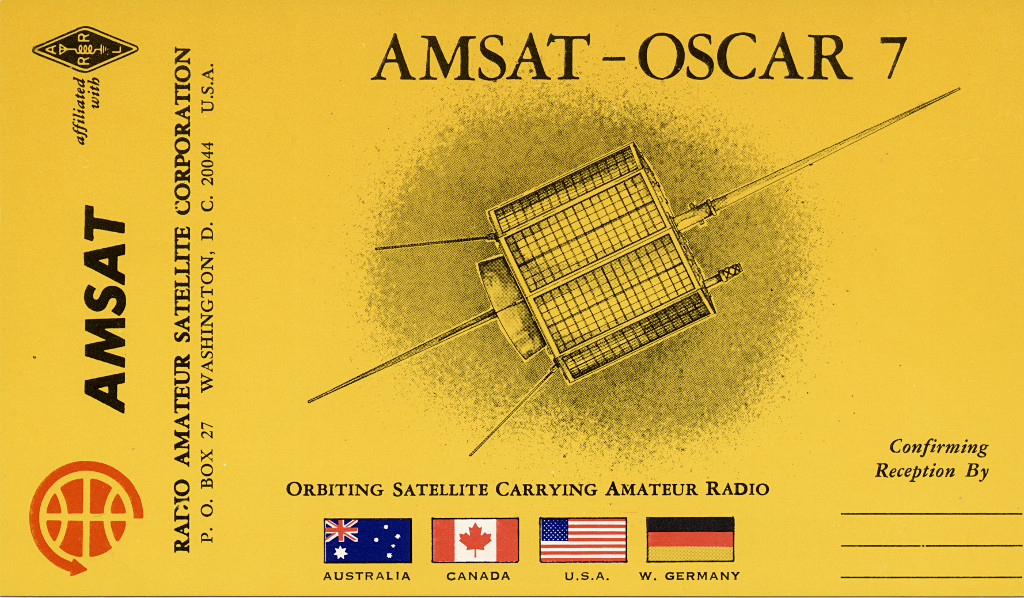














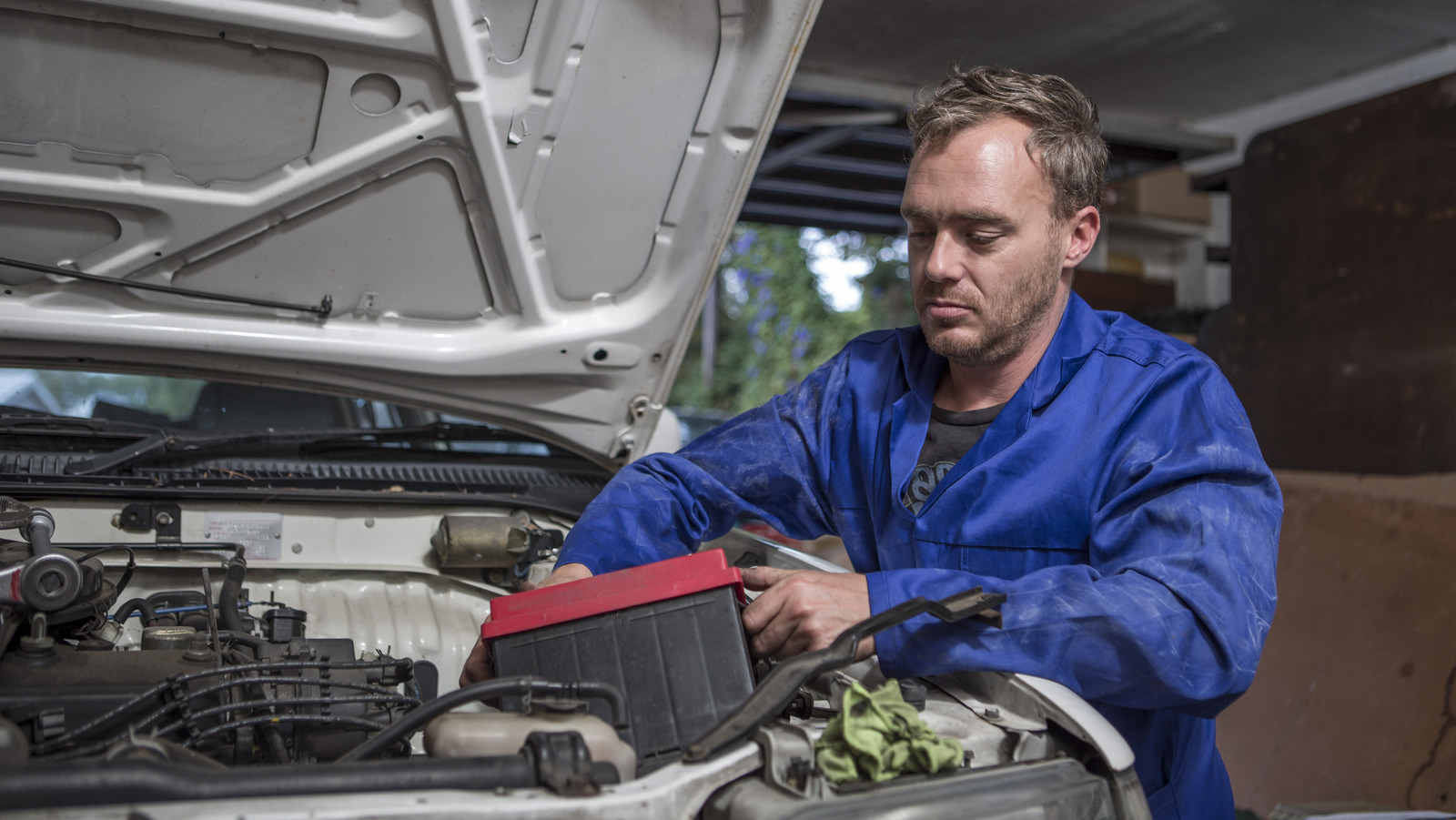
































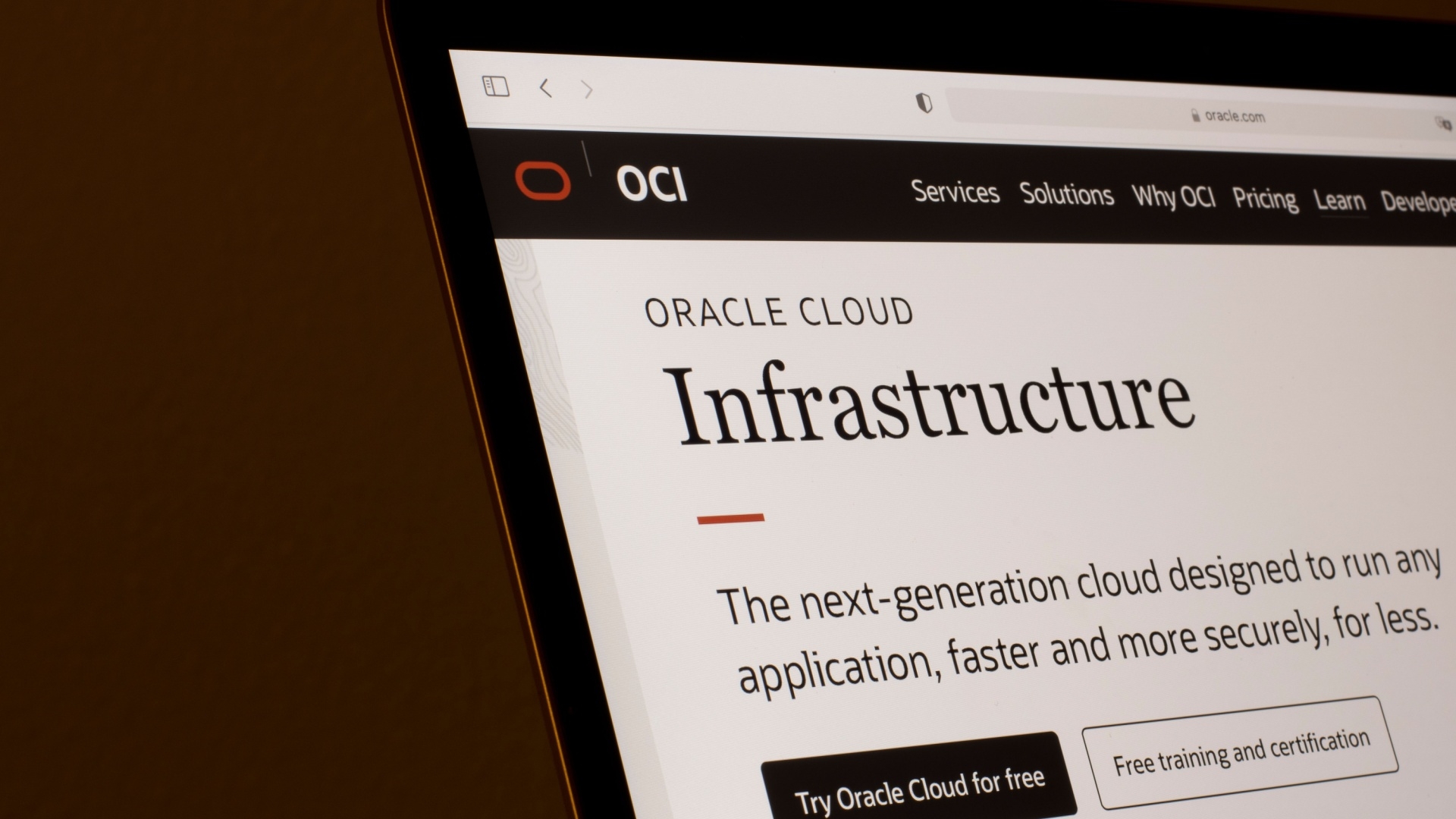




































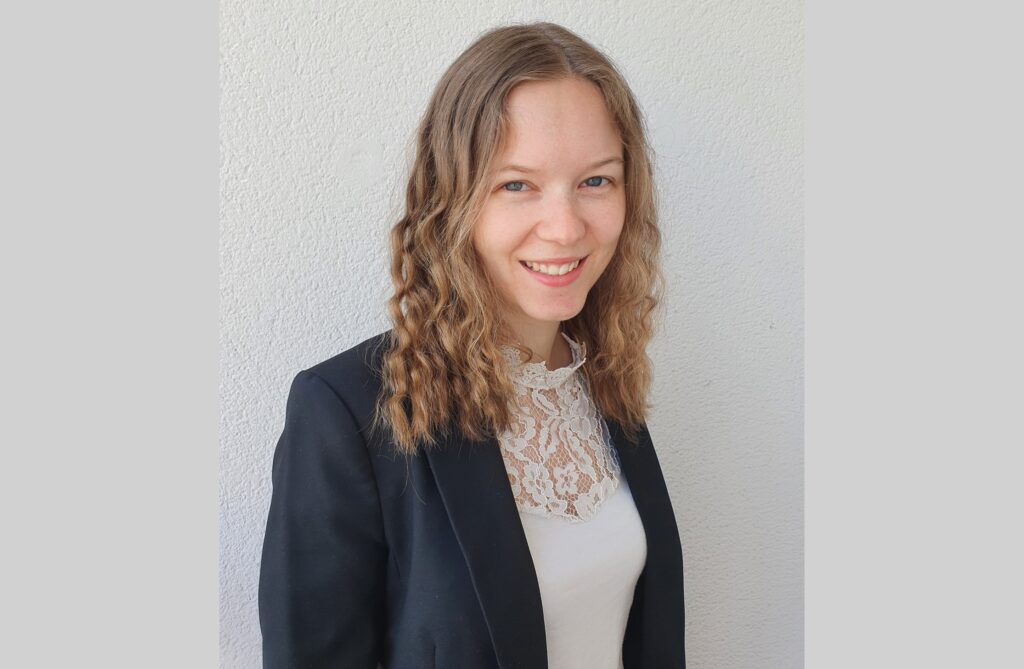


































![[The AI Show Episode 141]: Road to AGI (and Beyond) #1 — The AI Timeline is Accelerating](https://www.marketingaiinstitute.com/hubfs/ep%20141.1.png)
![[The AI Show Episode 140]: New AGI Warnings, OpenAI Suggests Government Policy, Sam Altman Teases Creative Writing Model, Claude Web Search & Apple’s AI Woes](https://www.marketingaiinstitute.com/hubfs/ep%20140%20cover.png)
![[The AI Show Episode 139]: The Government Knows AGI Is Coming, Superintelligence Strategy, OpenAI’s $20,000 Per Month Agents & Top 100 Gen AI Apps](https://www.marketingaiinstitute.com/hubfs/ep%20139%20cover-2.png)

























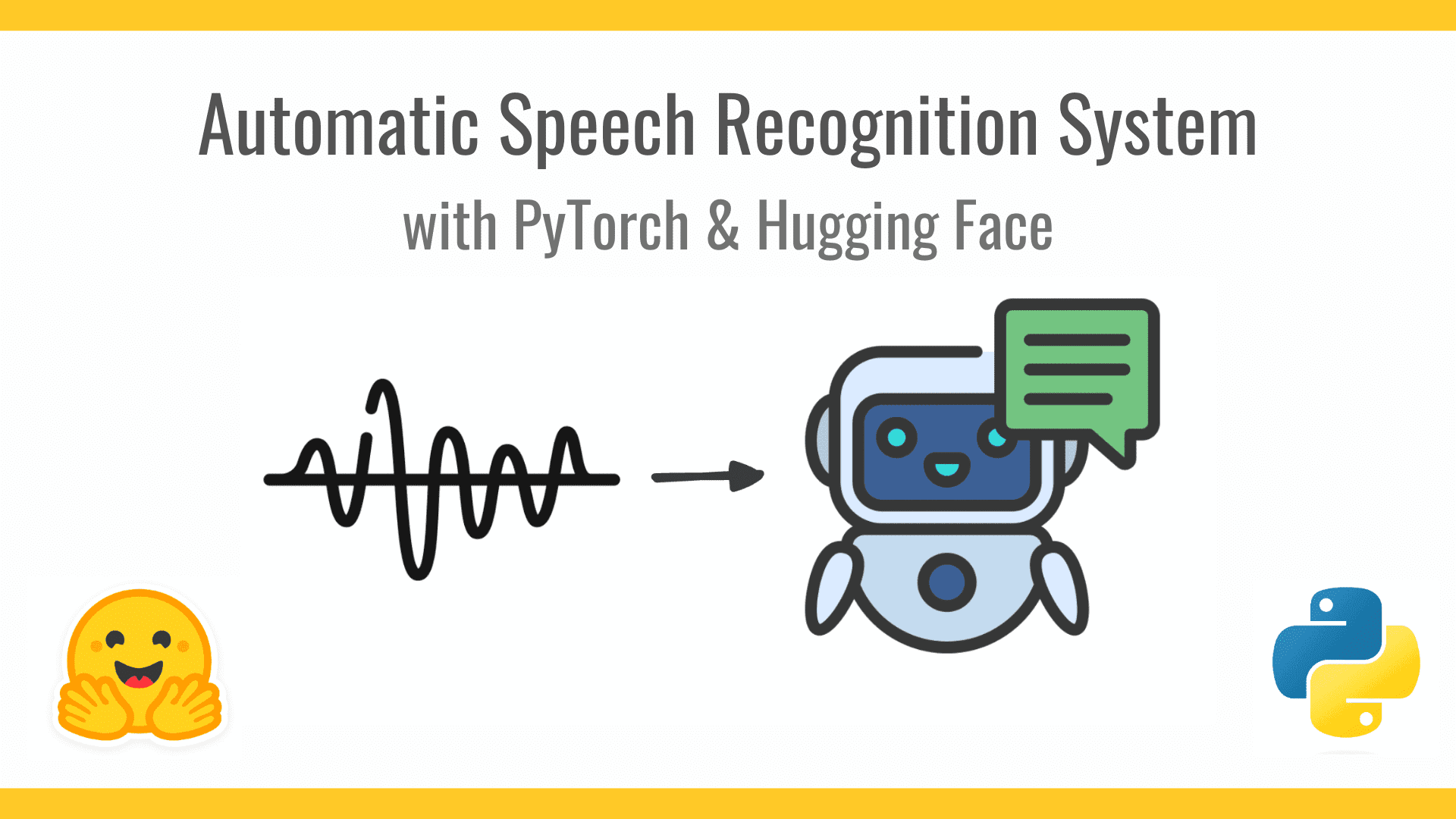





























































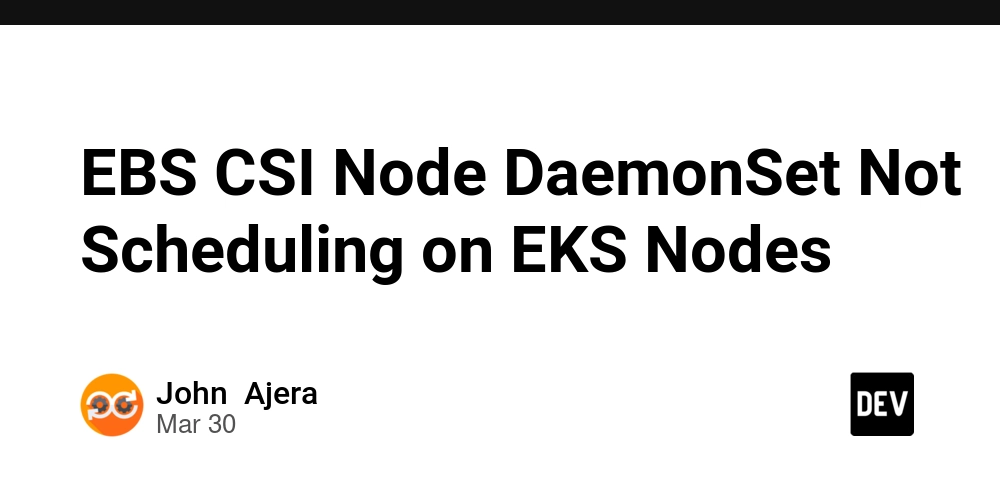

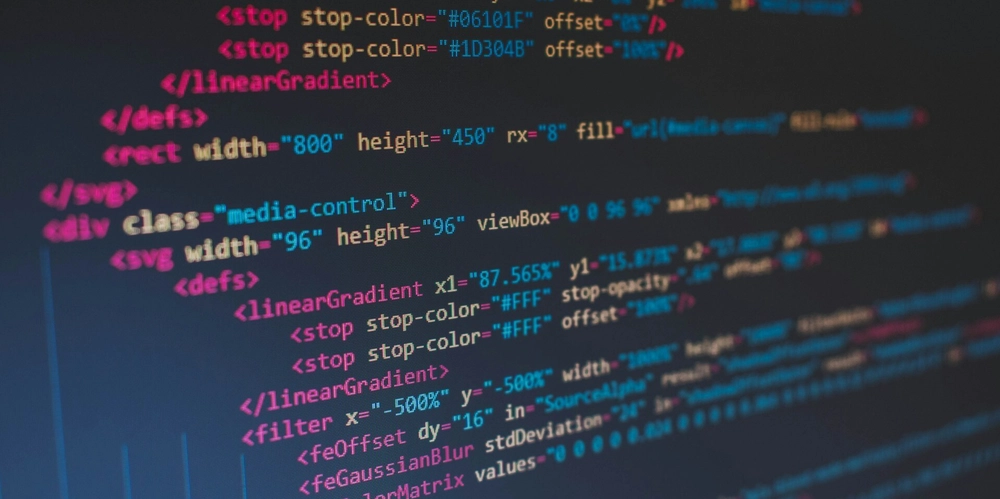


































![From broke musician to working dev. How college drop-out Ryan Furrer taught himself to code [Podcast #166]](https://cdn.hashnode.com/res/hashnode/image/upload/v1743189826063/2080cde4-6fc0-46fb-b98d-b3d59841e8c4.png?#)



![[FREE EBOOKS] The Ultimate Linux Shell Scripting Guide, Artificial Intelligence for Cybersecurity & Four More Best Selling Titles](https://www.javacodegeeks.com/wp-content/uploads/2012/12/jcg-logo.jpg)



































.png?#)












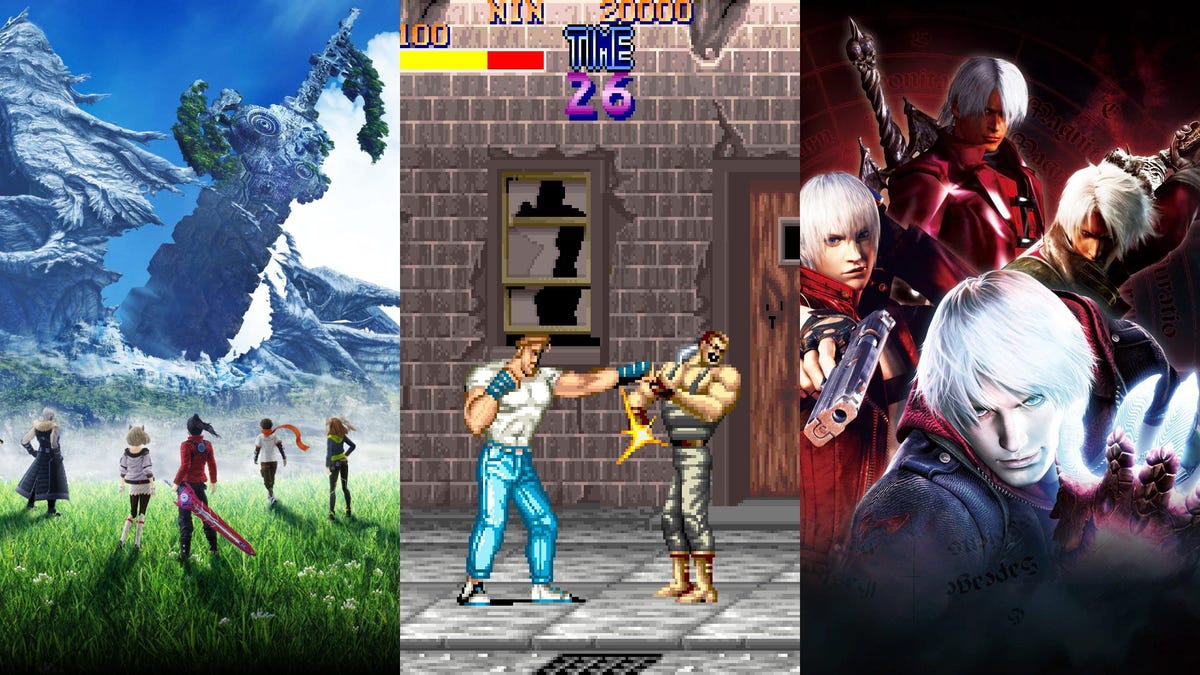







![Mini Review: Rendering Ranger: R2 [Rewind] (Switch) - A Novel Run 'N' Gun/Shooter Hybrid That's Finally Affordable](https://images.nintendolife.com/0e9d68643dde0/large.jpg?#)


























